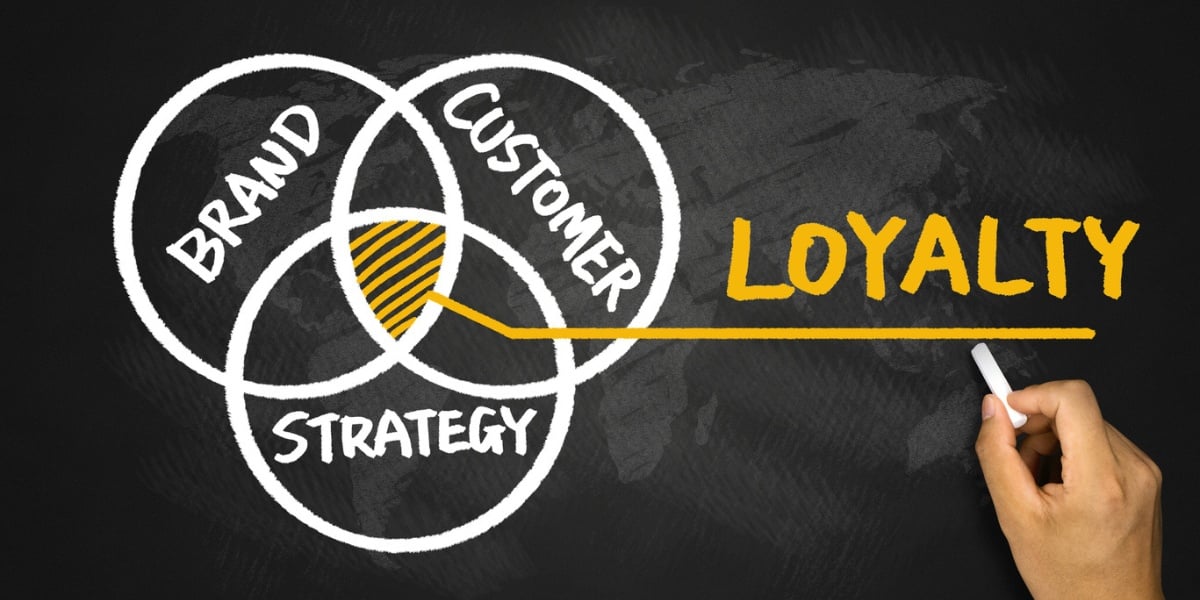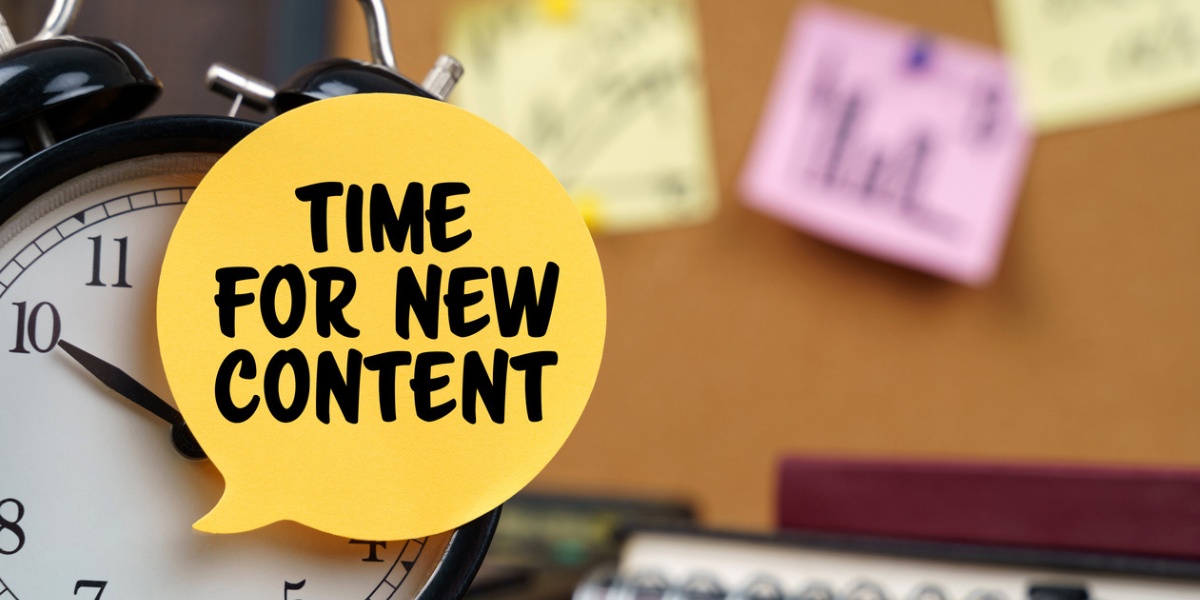Meet Melanie, our new Intern. She's 19 and migrated all the way from Quebec to THAT Agency. It's her first day and she's already posting blogs. The following is her take on achieving a chic and effective Web design.
These days it is all too easy to forget that Web design is actually a form of design, which should follow the same rules and principles found everywhere from art and clothes to magazine pages and architecture. Elements of design are important to consider when creating a website, because the way a Web page looks is just as important as its content. I say this because the design of page is the first thing people notice about a website and if the design is horrible, the reader may not even go on to read what is on the page.
So what are the five main elements of design to be considered when building a web page? They are: Balance, Proportion, Rhythm, Dominance, and Unity.
Balance
First up is balance, this is the idea of reaching visual equilibrium. Basically you want two sides to have equal “weight.” This can be done symmetrically or asymmetrically. Symmetrical balance is easy to understand; it is two sides that are a mirror image of each other. Asymmetrical balance on the other hand, is when balance is created without a mirror image. This could involve multiple smaller figures offsetting a large figure on the opposite side. If you can successfully create balance on your website then no one part will call too much attention to itself, thereby increasing the unity of the page (an element we will visit later).
Proportion
Related to balance is proportion. Proportion is linked to size and or scale of objects on the page. In the simplest since more important things should draw more attention from the reader. Proportion can be used to get the reader to look at certain object in a particular order. To do this the designer should create a visual hierarchy using different sizes.
Rhythm
When most people hear rhythm they think of music, but rhythm is equally important in design. As rhythm creates a source of organization in a song, rhythm in design is the repetition of certain elements to keep things structured. An example of this is Digg.com.
Rhythm should be carefully assessed because if all the objects on the page carry equal weight, the reader may be overwhelmed and unsure of where to look first. Conversely, too much variance will not leave the reader any less confused.
Emphasis
Emphasis or dominance involves controlling where someone looks first. Assess where you want your reader’s eyes to go.
Color, white-space, and shapes are three main ways to get a reader to pay attention to something. Color of course can be very effective in drawing a reader’s attention to a certain object. White-space is also very efficient to direct where someone looks; a great example of this is the Google logo.
Finally, circles have become very popular recently; circles tend to stand out because they contrast the box nature of the web.
Unity
I would say that the unity of a site is the most important design element. When people visit your site you want them to feel like everything fits in and flows together. When something is not in unity with the rest of the site, it stands out and may draw unnecessary attention. It is a lot easier on the eyes when a site flows, and this creates a better overall experience for your visitors.
Conclusion
There is nothing worse than turning away readers before they have even had a chance to check out what it is your site's about. You have about three seconds to make an impression on your visitor; applying these useful design elements will increase the chances that people will stick around and check out all the great stuff you have to offer.




